By: Victoria Best Ph.D.
In the era of advanced therapies and personalized medicine there is an ever-increasing need for the development of immunological tests that are readily available, standardized in their approach, and affordable. Specialized immunological testing is often required to better understand a particular drug’s potency, stability, mechanism of action, potential off-target effects, and overall efficacy. This is true even if the therapeutic is not designed as an immunological drug. So, how can immunological testing improve the translatability of advanced therapies? Let’s expand upon the most commonly used applications.
Gene therapies. Regardless of whether a therapeutic transgene is expressed through AAV-mediated transduction, CRISPR-based gene editing, or even in vitro transcribed (IVT) mRNA—immunogenicity testing will be required to understand whether activation of the innate or adaptive immune system is happening.
Anti-drug antibodies (ADA, also known as inhibitors) targeting the therapeutic vector, whether neutralizing, binding, or cross-reactive, have the potential to interfere with in vivo transduction or elicit a range of downstream effects such as T cell or complement activation. Inhibitors are also a well-documented mechanism of interference to enzyme-replacement therapeutics. Innovative gene replacement approaches, with the potential to reduce inhibitor formation, still require accurate assessment of ADAs as a measure of safety and comparability to traditional therapies. ADA assays can be performed preclinically, using appropriate animal models, and may also be used for immune monitoring of participants receiving investigative new drugs (INDs).
T-cell reactivity to viral vectors, endonucleases, or therapeutic gene products can have deleterious effects on gene replacement approaches and may pose an overall risk to patient safety. To this end, the Enzyme-Linked Immunosorbent Spot Assay (ELIspot) is a robust and highly reproducible method for enumerating antigen-specific T cells that offers greater sensitivity- and uses fewer cells- than flow-based approaches. Importantly, it can be harmonized across test sites for use in monitoring clinical research, where, oftentimes immunosuppressant drugs are utilized to minimize the risk of immunogenicity. With proper implementation, ELISpot is particularly useful for detecting low-frequency responses that would not be observed as easily using alternative methods.
The innate immune response to viral vectors, genes, and sense/antisense oligonucleotide therapies is an exciting new focus of interest for translational scientists like myself. Adeno-associated viral vectors interact with the complement pathway directly, which requires a thorough understanding of all potential complement-mediated downstream effects (and the kinetic of these responses). Pattern recognition receptors (PRRs), recognizing pathogen- or damage-associated molecular patterns, are conserved from early invertebrates to mammals. They are the gatekeepers for therapeutics delivering foreign genetic material or those that may potentially injure target cells. Some of the more popular therapies, including AAV- and mRNA-based medicines, are associated with known risks of stimulating PRRs (typically revealed by dose escalation studies) despite improved manufacturing and quality control safeguards. For these reasons, it is imperative that the full scope of mechanistic “risk” is understood at the earliest possible stage of the drug development pipeline.

